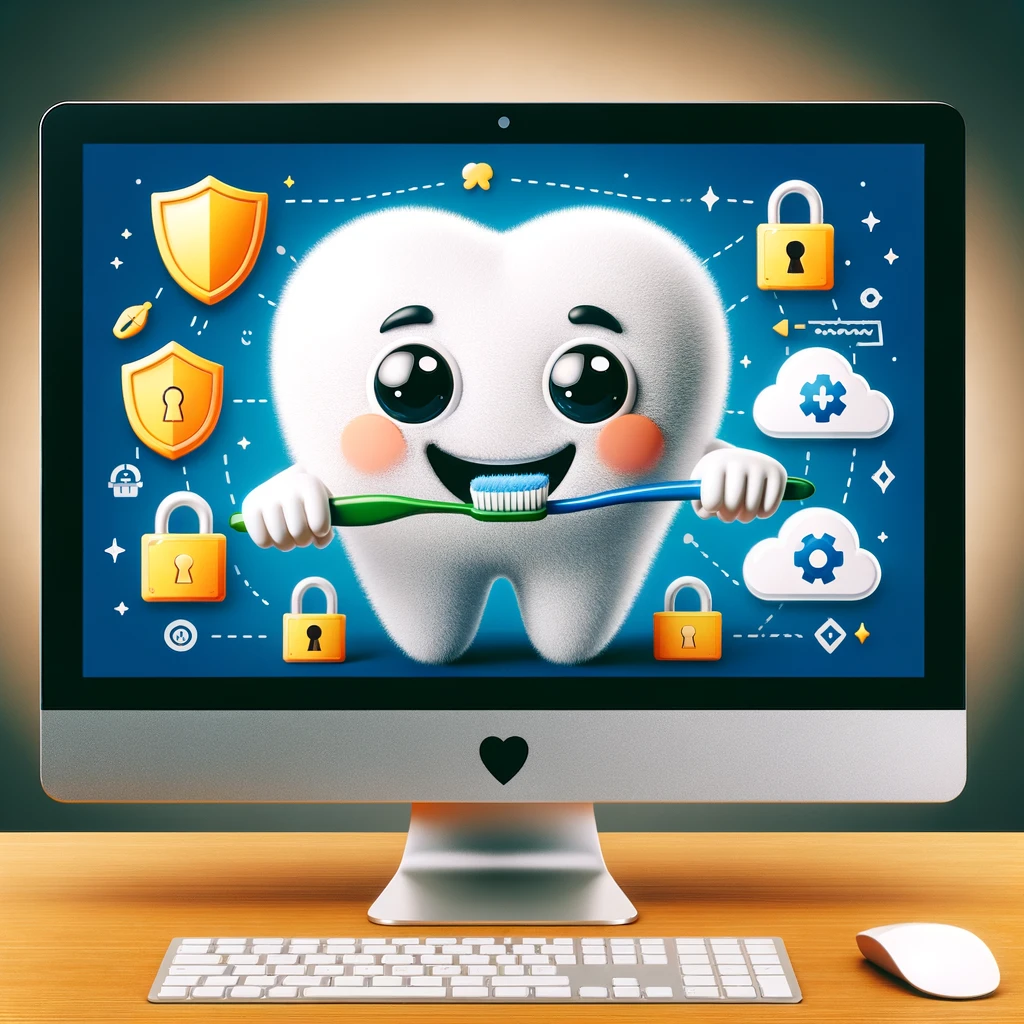In the ever-evolving landscape of cybersecurity threats, maintaining good cyber hygiene is crucial for businesses to protect their digital assets and ensure the safety of their operations. Cyber hygiene refers to the practices and steps that users and organizations take to maintain system health and improve online security. This blog post explores the concept of cyber hygiene, its importance, and practical steps businesses can take to implement it effectively.
Understanding Cyber Hygiene
Cyber hygiene involves regular practices and precautions to keep data secure, ensure the proper functioning of systems, and prevent cyberattacks. Just as personal hygiene helps prevent illness and promotes overall health, cyber hygiene helps prevent security breaches and promotes a secure digital environment.

Why Cyber Hygiene Matters
- Prevents Data Breaches:
- Regularly updating software, using strong passwords, and implementing security patches can significantly reduce the risk of data breaches. Cyber hygiene ensures that vulnerabilities are addressed promptly, minimizing the chances of unauthorized access to sensitive information.
- Ensures System Integrity:
- Consistent cyber hygiene practices help maintain the integrity of IT systems. By regularly monitoring and maintaining systems, businesses can detect and rectify issues before they escalate into significant problems.
- Reduces Downtime:
- Good cyber hygiene practices can prevent malware infections, ransomware attacks, and other security incidents that could disrupt business operations. Reducing the likelihood of such incidents helps maintain business continuity and reduces downtime.
- Builds Customer Trust:
- Demonstrating a commitment to cybersecurity through good cyber hygiene practices helps build trust with customers. Customers are more likely to do business with companies that prioritize the security of their data.
Practical Steps for Implementing Cyber Hygiene
- Regular Software Updates:
- Automated Updates: Enable automated updates for all software and operating systems to ensure that the latest security patches are applied promptly.
- Patch Management: Implement a patch management process to regularly check for and install updates for all software and hardware.
- Strong Password Practices:
- Complex Passwords: Require the use of complex passwords that include a mix of letters, numbers, and special characters.
- Password Managers: Encourage the use of password managers to securely store and manage passwords.
- Regular Changes: Implement policies that require employees to change their passwords regularly.
- Multi-Factor Authentication (MFA):
- MFA Implementation: Require MFA for accessing critical systems and sensitive data. MFA adds an extra layer of security by requiring a second form of verification in addition to a password.
- Regular Backups:
- Automated Backups: Set up automated backups for all critical data to ensure that it can be restored in the event of a cyber incident.
- Offsite Storage: Store backups in a secure offsite location or use cloud-based backup solutions to protect against physical damage or theft.
- Employee Training and Awareness:
- Security Training: Conduct regular security training sessions to educate employees about cyber hygiene practices and the latest cybersecurity threats.
- Phishing Awareness: Implement phishing awareness programs to teach employees how to recognize and avoid phishing attacks.
- Network Security Measures:
- Firewalls and Antivirus: Deploy firewalls and antivirus software to protect against external threats and malware.
- Intrusion Detection Systems (IDS): Use IDS to monitor network traffic for suspicious activity and potential security breaches.
- Regular Security Audits:
- Vulnerability Assessments: Conduct regular vulnerability assessments to identify and address security weaknesses.
- Penetration Testing: Perform penetration testing to simulate cyberattacks and evaluate the effectiveness of your security measures.
Conclusion
Maintaining good cyber hygiene is essential for businesses to protect their digital assets, ensure the integrity of their systems, and build trust with customers. By implementing regular software updates, strong password practices, multi-factor authentication, regular backups, employee training, and robust network security measures, businesses can significantly enhance their cybersecurity posture.
Stay vigilant and prioritize cyber hygiene—protecting your business from cyber threats is a continuous process that requires ongoing effort and attention.
About the Author
Brent Raeth is a cybersecurity expert with over 20 years of experience in the industry. He specializes in helping businesses develop and implement robust cybersecurity strategies to protect against emerging threats.
Contact Information
For more information on how to protect your business from AI-powered phishing attacks, contact CatchMark Technologies at https://catchmarkit.com/contact-us/.
https://www.cisa.gov/resources-tools/resources/free-cybersecurity-services-and-tools

